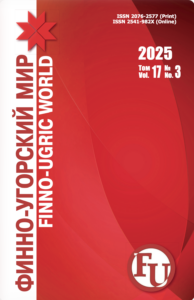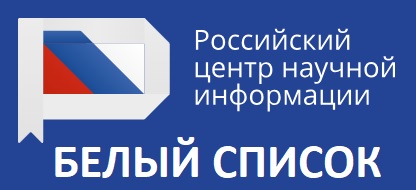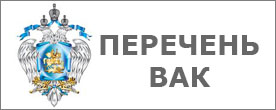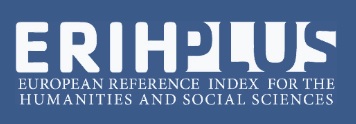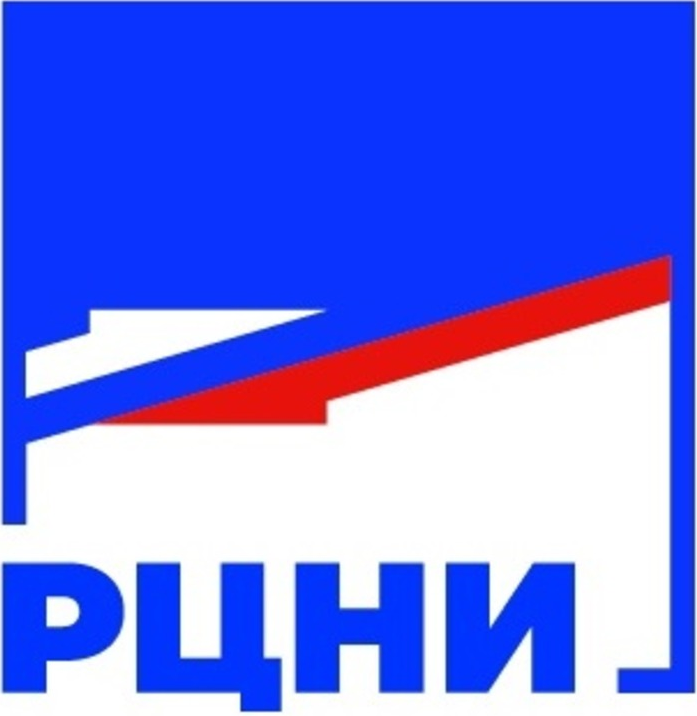Original article
https://doi.org/10.15507/2076-2577.017.2025.01.112-125
EDN: https://elibrary.ru/qflgds
УДК / UDC 52:392
Why Are There Spots on the Moon? ‒ On the Issue of the Astronomical Codes of the Udmurt People
T. R. Dushenkova, N. V. Kondratieva
Udmurt Federal Research Center, Ural Branch of the Russian Academy of Sciences, Izhevsk, Russian Federation
Abstract
Introduction. The term tolëz ‘moon’ is one of the key elements in the cosmological system of the Udmurt people. However, there is a lack of sufficient scholarly work in the literature addressing the specifics of the functioning of this semiotic sign. The aim of this study is to identify the conventional and unconventional characteristics of the cultural code of tolëz (‘moon/month’) in both traditional and contemporary Udmurt culture.
Materials and Methods. The empirical foundation of the study consists of prose texts from minor folklore genres, literary works, lexicographic studies, linguistic data extracted from the National Corpus of the Udmurt Language, as well as albums on the decorative and applied arts of the Udmurt people. The methodological basis of the research includes the methods of random sampling, contextual analysis, lexicographic, and descriptive approaches, which facilitated the identification of contexts in which the examined symbol is used in both traditional and contemporary Udmurt culture.
Results and Discussion. The astronomical code toléz ‘moon’ occupies a special place in the structure of the small genres of Udmurt folklore. It is widely represented in texts of a spell-binding and fideistic nature, as well as in superstitions, beliefs, and riddles. As the research materials demonstrate, the astronomical code toléz ‘moon’ has been preserved primarily in those folkloric genres and forms that were directly associated with ritual practices. It is characterized by conventional features that contribute to the realization of the mythopoetic representation of the people regarding the structure of the world and the universe. In the modern context, there is a transformation in both the semiotic content and the conditions under which the examined code functions.
Conclusion. The use of the studied cultural code in contemporary contexts stimulates the emergence of a new, complex system of unconventional relationships, leading to the enhancement of the value of the new subject of the “contract” (artistic work, brand, or ideology) and the erasure of archaic representations of the semiotic sign. The investigation of the contexts in which the astronomical code toléz ‘moon’ is used will enable the application of the acquired knowledge to the study of a wide range of issues in folklore studies, ethnography, and cultural studies.
Keywords: verbal culture of the Udmurts, astronomical code, Udmurt riddles, Udmurt signs and beliefs, incantatory traditions
Conflict of interest: The authors declare no conflict of interest.
For citation: Dushenkova T.R., Kondratieva N.V. Why Are There Spots on the Moon? ‒ On the Issue of the Astronomical Codes of the Udmurt People Finno-Ugric World. 2025;17(1):112‒125. https://doi.org/10.15507/2076-2577.017.2025.01.112-125
Information about the authors:
Tatiana R. Dushenkova, Cand.Sci. (Philol.), Udmurt Federal Research Center of the Ural Branch of the Russian Academy of Sciences (4 Lomonosov St., Izhevsk 426034, Russian Federation), ORCID: https://orcid.org/0000-002-2514-7143, SPIN-код: 6447-5384, dushenkovatr@mail.ru
Natalia V. Kondratieva, Dr.Sci. (Philol.), Udmurt Federal Research Center of the Ural Branch of the Russian Academy of Sciences (4 Lomonosov St., Izhevsk 426034, Russian Federation), ORCID: https://orcid.org/0000-0002-3632-503X, SPIN-code: 5206-9109, nataljakondratjeva@yandex.ru
Authors’ contribution:
T. R. Dushenkova – ideas; formulation or evolution of overarching research goals and aims; preparation and creation of the published work, specifically writing the initial draft (including substantive translation); verification, whether as a part of the activity or separate, of the reproducibility of results and other research outputs and other research outputs.
N. V. Kondratyeva – ideas; formulation or evolution of overarching research goals and aims; preparation and creation of the published work by those from the original research group, specifically critical review, commentary or revision – including pre- or post-publication stages.
All authors have read and approved the final manuscript.
Submitted 27.01.2025; revised 10.20.2025; accepted 17.02.2025.


